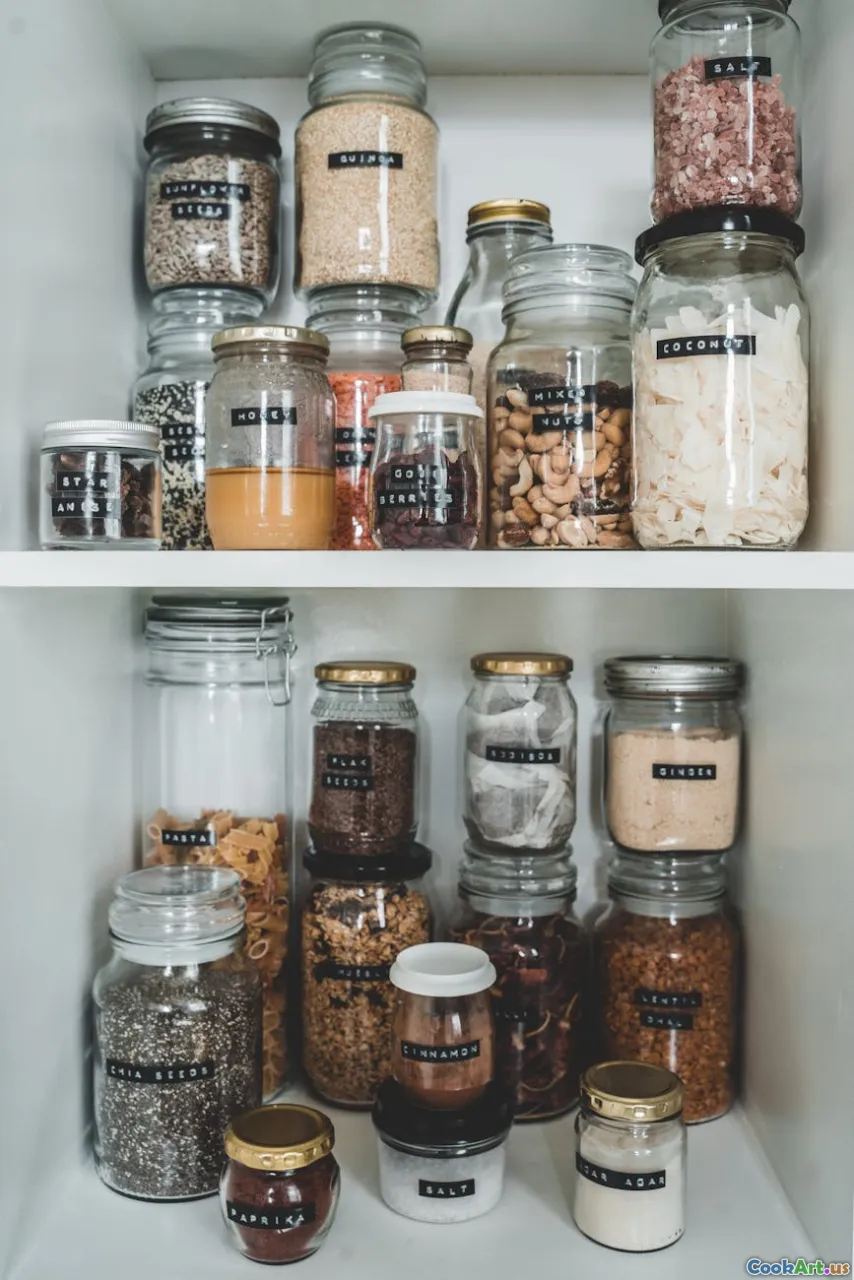Understanding Spice Labels and Origins
5 min read Dive into the world of spice labels, origins, and what they reveal about flavor and culture. April 11, 2025 18:00
Understanding Spice Labels and Origins
Spices have been an integral part of culinary traditions worldwide, offering not just flavor but also a glimpse into cultural practices and histories. Understanding spice labels and their origins is essential for any cooking enthusiast or professional chef who wants to appreciate the depth of flavors they are using. In this article, we will explore the significance of spice labeling, the journey of spices from their source to the consumer, and how you can make informed choices when purchasing.
The Importance of Spice Labels
Spice labels serve as a vital source of information regarding the product's identity and quality. They provide insights into:
- Origin: Knowing where a spice comes from can enhance its culinary value. For example, the region of cultivation can affect the flavor profile significantly.
- Purity: Labels often indicate whether the spice is pure, blended, or contains additives. Pure spices are preferable for authentic flavor.
- Quality Certifications: Certifications such as organic, non-GMO, and fair trade can inform consumers about the ethical and environmental practices of the producers.
- Harvest Date: Some labels include harvest dates, helping consumers choose fresher spices which generally have better flavor and potency.
The Journey of Spices: From Farm to Table
Understanding where spices come from enriches the cooking experience. Most spices go through a fascinating journey:
- Cultivation: Spices are often grown in specific climates and soils, which influence their flavor and aroma. For instance, the best saffron is harvested from specific crocus flowers in Iran and Spain.
- Harvesting: Timing is crucial. Spices like vanilla and cinnamon must be harvested at just the right moment to ensure optimal flavor development.
- Processing: After harvesting, spices may be dried, ground, or packaged. Each step can affect the final product’s quality. For example, freshly ground spices typically offer more potent flavors than pre-ground varieties.
- Distribution: Spices are transported worldwide, sometimes facing challenges that affect quality. Understanding this journey can help consumers choose brands that prioritize freshness.
What to Look for on Spice Labels
When shopping for spices, consider these key elements on labels:
- Ingredients List: Look for a short list of ingredients. Avoid products with fillers and artificial flavors.
- Country of Origin: This can provide insight into the spice's quality and authenticity. For example, true cinnamon, or Ceylon cinnamon, is primarily grown in Sri Lanka, whereas cassia cinnamon is more commonly found in grocery stores.
- Harvest Information: Some brands include harvest dates. Opt for the freshest spices whenever possible.
- Storage Instructions: Proper storage can greatly affect the shelf life and flavor of spices. Labels may suggest keeping them in a cool, dark place.
Surprising Facts about Spices
- Culinary vs. Medicinal: Many spices have dual uses; turmeric, for example, is praised for its anti-inflammatory properties in addition to its culinary uses.
- Historical Significance: Spices have played pivotal roles in history, influencing trade routes and even wars. The spice trade significantly impacted global exploration.
- Cultural Practices: Different cultures use spices not only to enhance flavor but also to preserve food and promote health.
Conclusion
Understanding spice labels and their origins can transform your cooking experience. By being informed about what you purchase, you can ensure you’re using high-quality ingredients that enrich your dishes and reflect the rich tapestry of culinary traditions worldwide. Next time you reach for a spice jar, take a moment to appreciate its journey and the flavors it brings to your table. Happy cooking!









